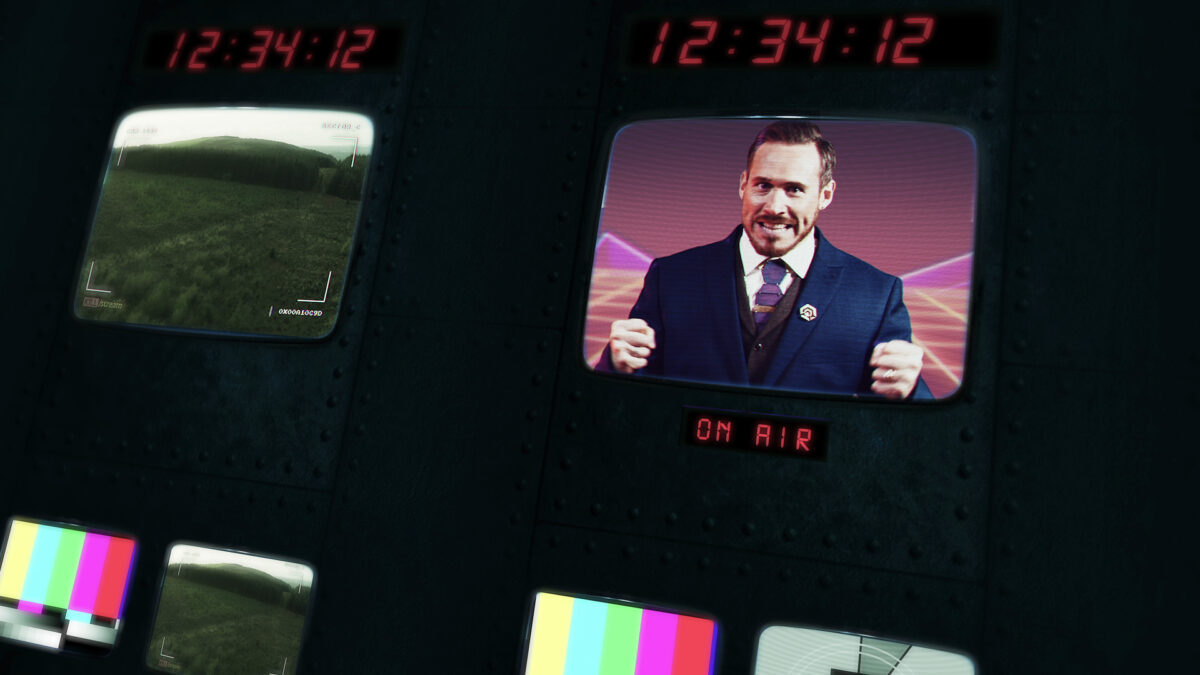


While I have never played a game made by Wales Interactive before, I have enjoyed games from this genre in the past. Instead of gameplay focused on fast paced action, these games are focused more on the story and utilize video of real actors to tell the story. If that is the case, it means that the hunter didn’t escape the nightmare of the hunt after all… and perhaps they never will.The studio Wales Interactive has really started making a name for themselves in the FMV video game genre. This indicates that the NG+ isn’t new at all, but that the player is simply back for another hunt. Conversely, the doll’s use of second person indicates that she remembers the player from their previous campaign, and still has a strong emotional attachment to the character. The fact that the doll must explain the significance of the grave to the player character indicates that the hunter does not remember their previous experience (and just conveniently woke up with a bunch of cool weapons and gear). The lore implications of this brief bit of dialogue are massive. I pray that you’ve found meaning and comfort in the waking world. Though enchanted by the dream, she/he remained strong, and eventually saw the light of dawn. This grave stands in memory of a hunter I once knew. Speaking to her in this location unlocks a rare dialogue: Later in the game, the player can find the doll praying at their grave. When the player re-enters the Hunter’s Dream for the first time, a new grave will be in the exact same spot it appeared in within the cut scene. However, of the three possible endings, Yharnam Sunrise features the most interesting lore implications. Similarly, the Yharnam Sunrise ending can feel somewhat anticlimactic, as it foregoes a final boss fight entirely in favor of submitting to Gehrman, killing the player off in a cutscene. Coupled with a comparatively lackluster final boss in Gehrman, who many players find to be too similar to the NPC hunters they’ve faced throughout the game, this causes the Honoring Wishes ending to fall somewhat flat.

The latter represents a fairly typical “twist” ending that horror fans will recognize from a variety of other media, in which the protagonist believes they have escaped or defeated their terrorizer, only to become trapped in their nightmare forever. That leaves two possible options for the coveted title of Bloodborne’s best ending: Yharnam Sunrise, in which the hunter submits to Gehrman and awakens to a new day in the real world, or Honoring Wishes, in which the player fights and defeats Gehrman, only to be forced to take his place as the custodian of the Hunter’s Dream. The hunter’s “ascension” into a creature straight out of Lovecraftian horror does not a represent a victory for the character, but a tragic ending similar to those met by Gilbert and the real Iosefka. While it could be argued that there is an implied Philosopher’s Stone-esque element at play, in which one is only able to become a Great One if they don’t explicitly wish to do so, that is purely conjecture. They simply sought a cure for their affliction and, when forced to join the hunt, an escape from their newfound hellish existence. They slew both of those characters and many other proponents of the Healing Church, never once aligning themselves with the church’s sinister quest. While this may have been the goal of fanatical characters like Micolash and the imposter Iosefka, this was never the player character’s goal. When the hunter resists and ultimately defeats the Moon Presence, a Great One, in the final boss battle, the player unlocks the so-called “true ending” in which they are transformed into an infant Great One, “ lifting humanity into its next childhood.” Translation: they become a baby squid. Related: What King's Field Was (& What It Had In Common With Dark Souls)


 0 kommentar(er)
0 kommentar(er)
